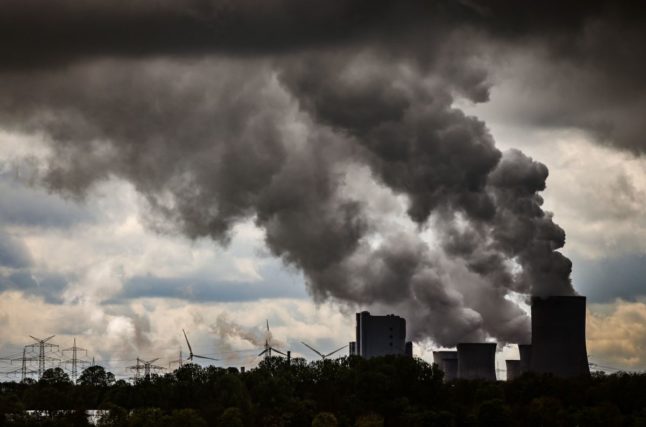As clean-up efforts from the last floods continued, water levels began to rise in the northern and eastern parts of the state, including the Saxon capital Dresden, a spokesperson for the LHWZ state high water authority said.
More than 40 litres of rain per square metre fell overnight, straining river banks and flooding numerous cellars along the Elbe, Spree, Elster and Neiße rivers. Heavy rainfall was expected to continue through Monday and Tuesday, possibly forcing the authorities to increase high water warning levels, the LHWZ said.
A mother and two children had to be rescued from rising waters in Seifhennersdorf, which is in Görlitz county, the same area recently hit by Neiße River flooding when a Polish dam broke upriver. Seventeen fire brigades were sent to the area to attend to flooded streets and cellars after the river quickly breached its banks.
Along the Elbe River in Dresden fire fighters worked to remove trees felled in the deluge. The districts of Eschdorf and Schullwitz were among the worst hit by flooding, which filled cellars and streets, meanwhile lightning struck the roof of one apartment building. But the fire was quickly quelled by the heavy rain, authorities said.
The A17 motorway from Dresden to the Czech Republic was temporarily closed due to flooding.
The situation was also tense for tributaries of the Elbe River, with flood warnings reaching their highest levels on the Kirnitzsch River on Monday morning.
Meanwhile authorities reported low-level river warnings in northwestern Brandenburg, which also saw some flooding last week. The Dömnitz River gauges near Pritzwalk reportedly rose by almost half a metre in just 12 hours.
Residents in both states have been asked to observe river gauge levels and take precautions against flooding.




 Please whitelist us to continue reading.
Please whitelist us to continue reading.
Member comments